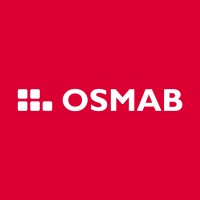
PLAZZA AG
PLAZZA plant, realisiert, bewirtschaftet und vermarktet Liegenschaften und Immobilienprojekte in der Schweiz. PLAZZA bewirtschaftet gezielt ihr Bestandesportfolio an Wohn- und Geschäftsliegenschaften mit Schwerpunkt im Wirtschaftsraum Zürich. Hinzu kommen Entwicklungsliegenschaften und -projekte in den Wirtschaftszentren Zürich und Lausanne, die schrittweise einer künftigen Nutzung zugeführt werden sollen. Die geografisch und segmentspezifisch klare Ausrichtung des Portfolios auf zentrumsnahe, gut erschlossene Liegenschaften trägt zur nachhaltigen Stabilität von PLAZZA bei und wird auch in Zukunft Erfolg versprechend sein. Die PLAZZA AG (Ticker: PLAN) ist seit Juni 2015 an der SIX Swiss Exchange kotiert und hat ihren Sitz in Zürich.






